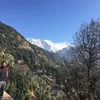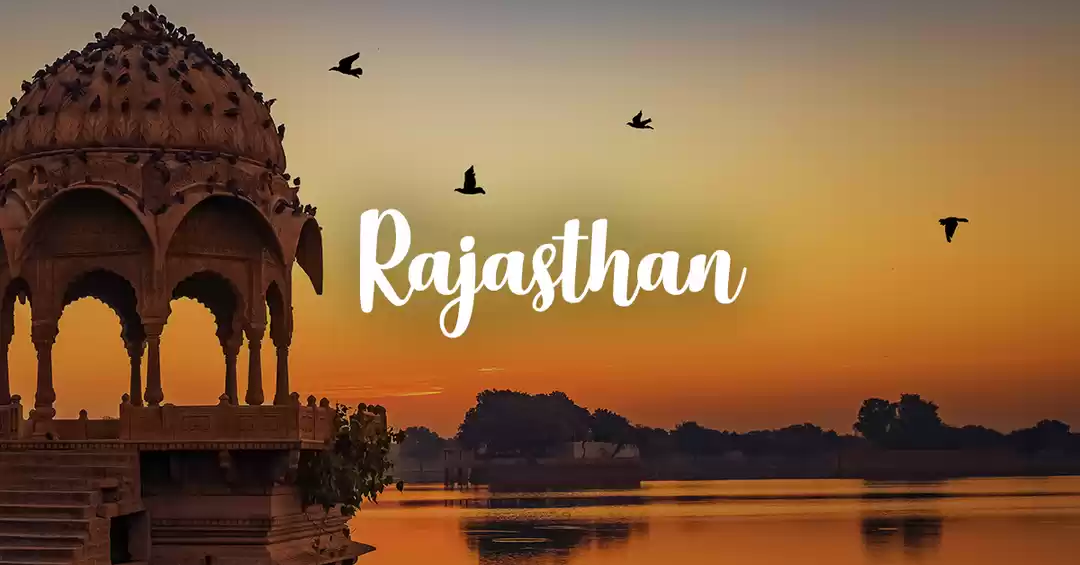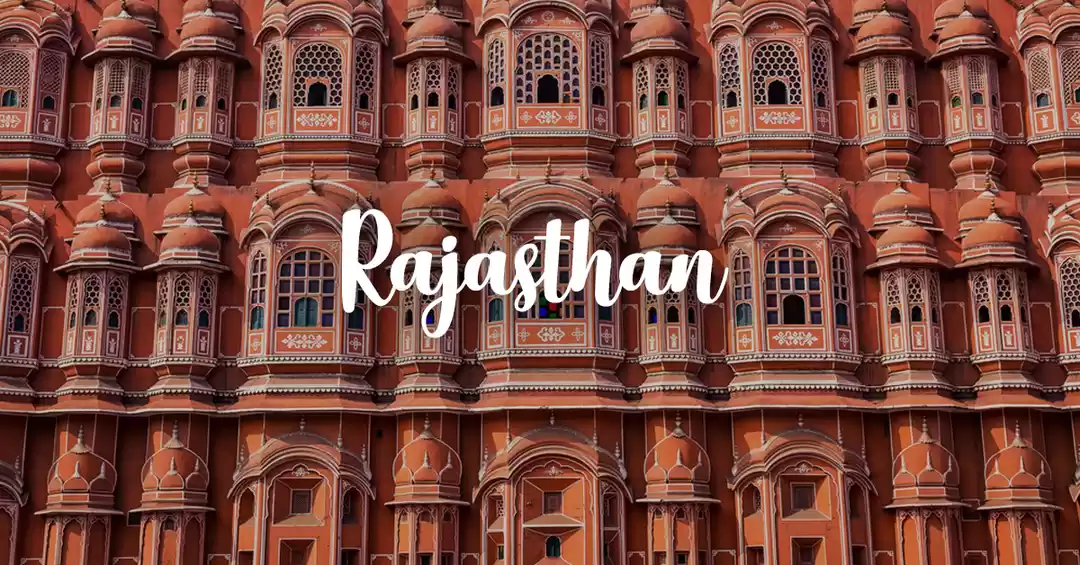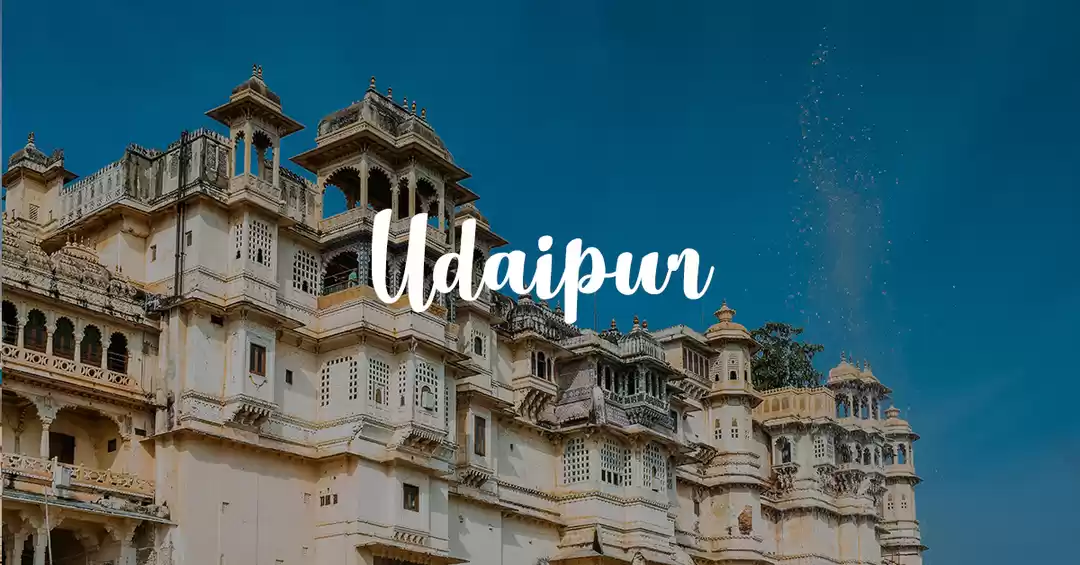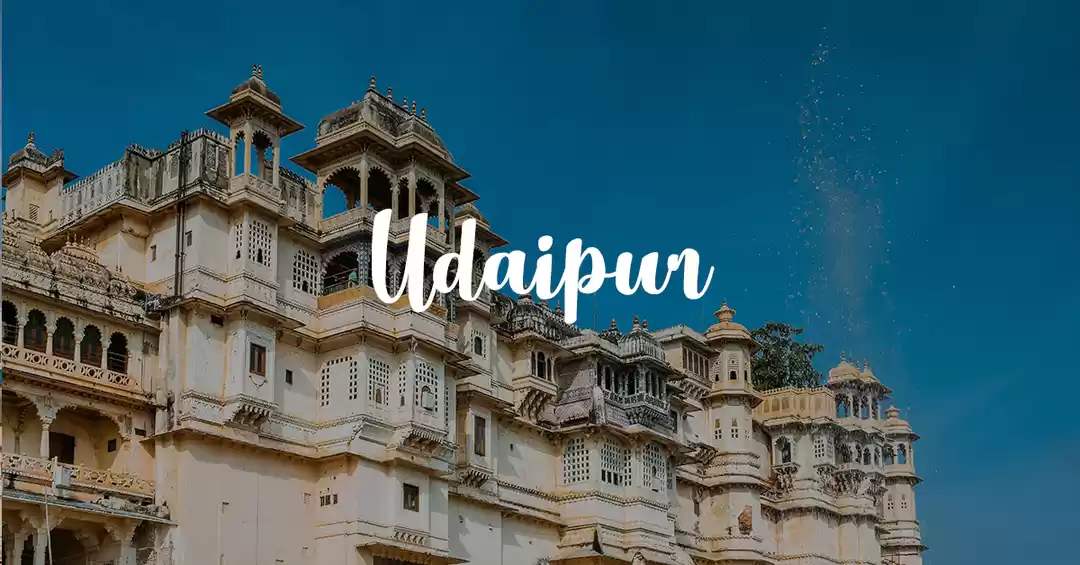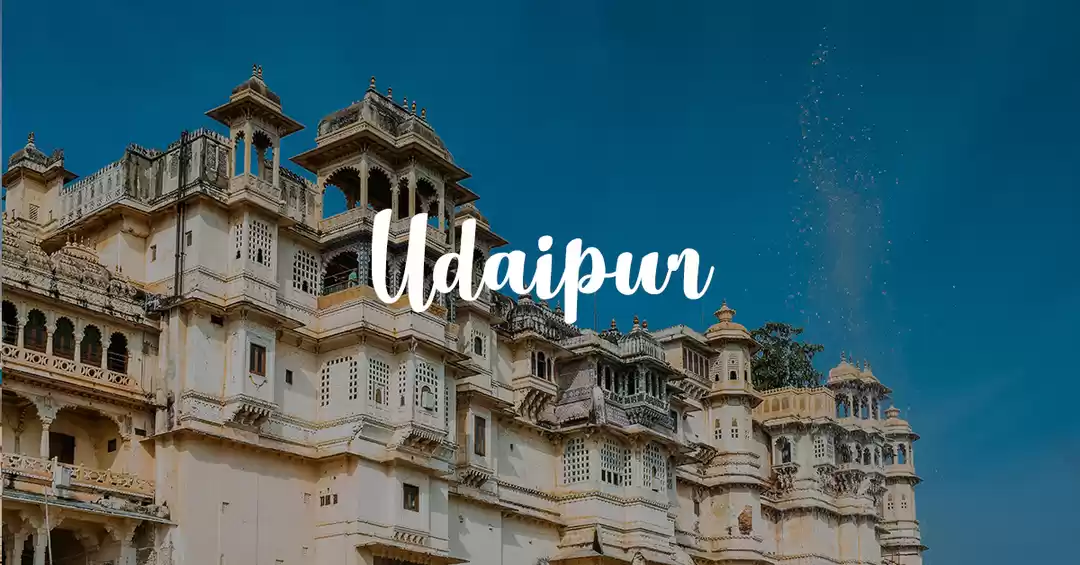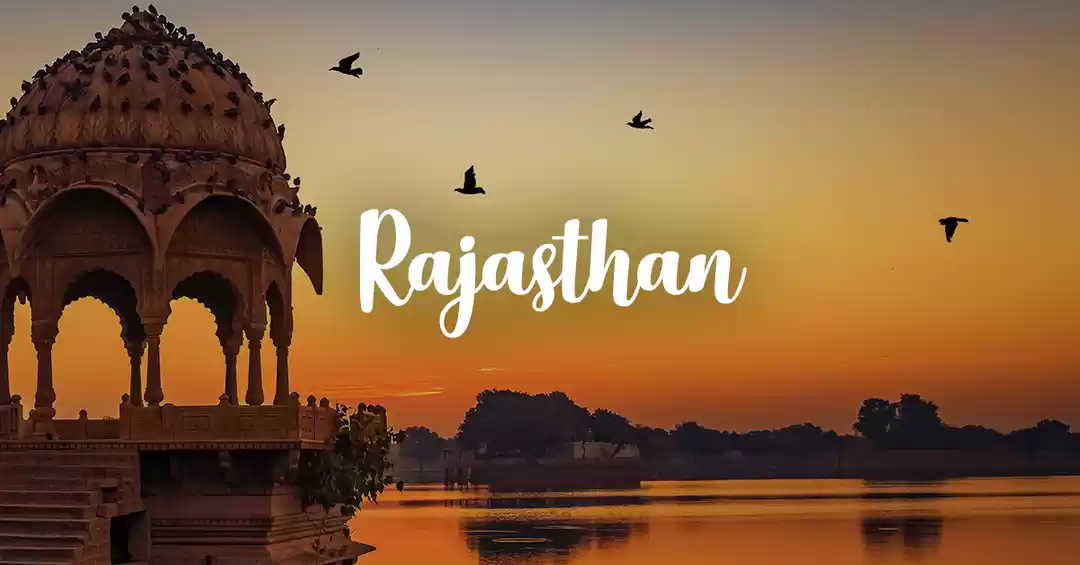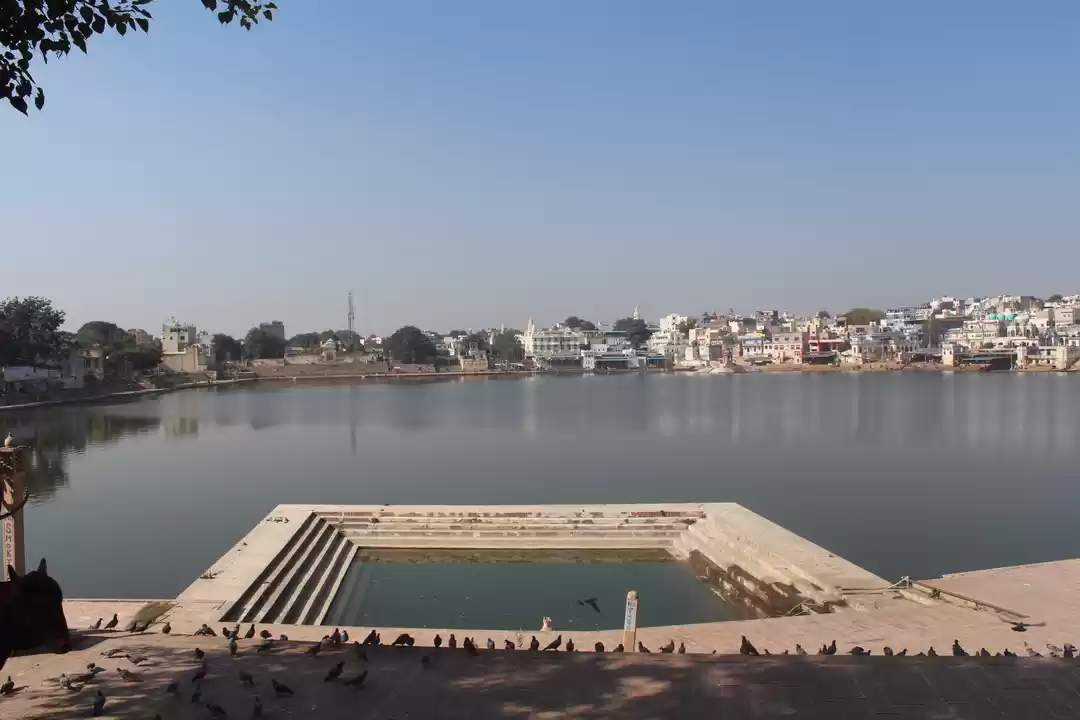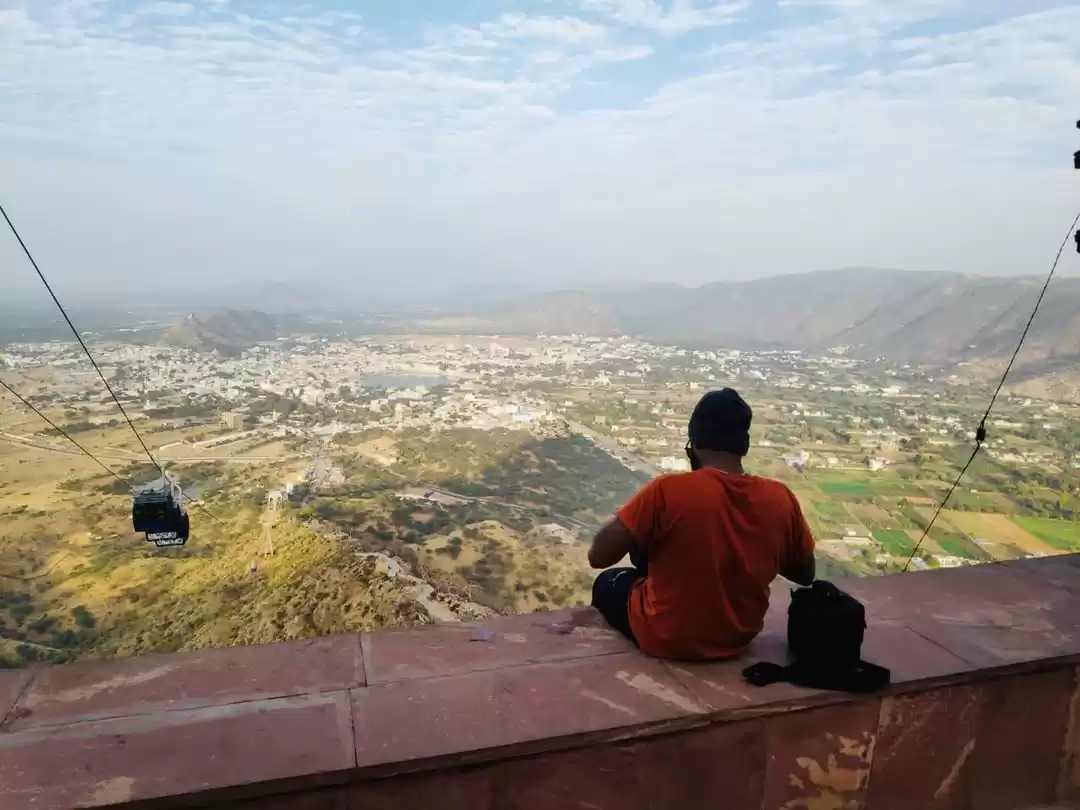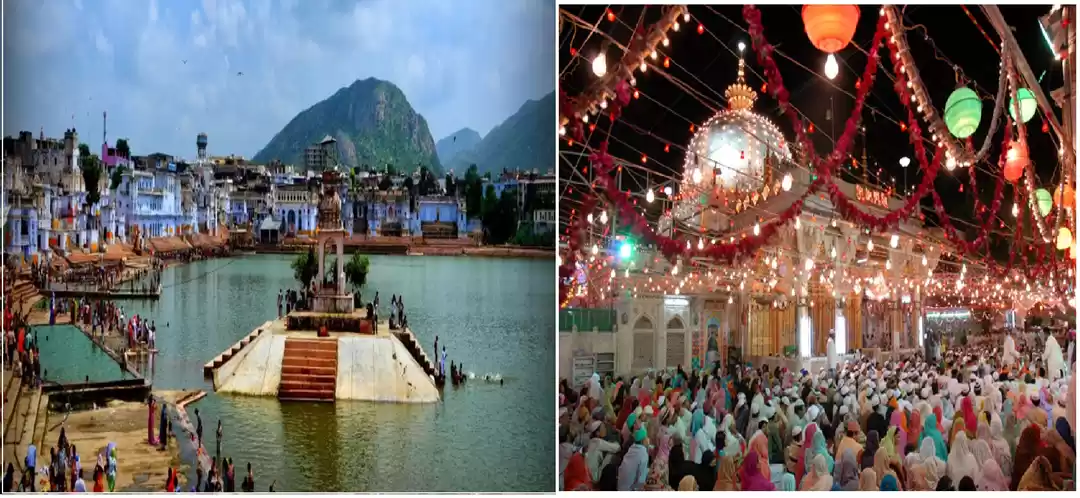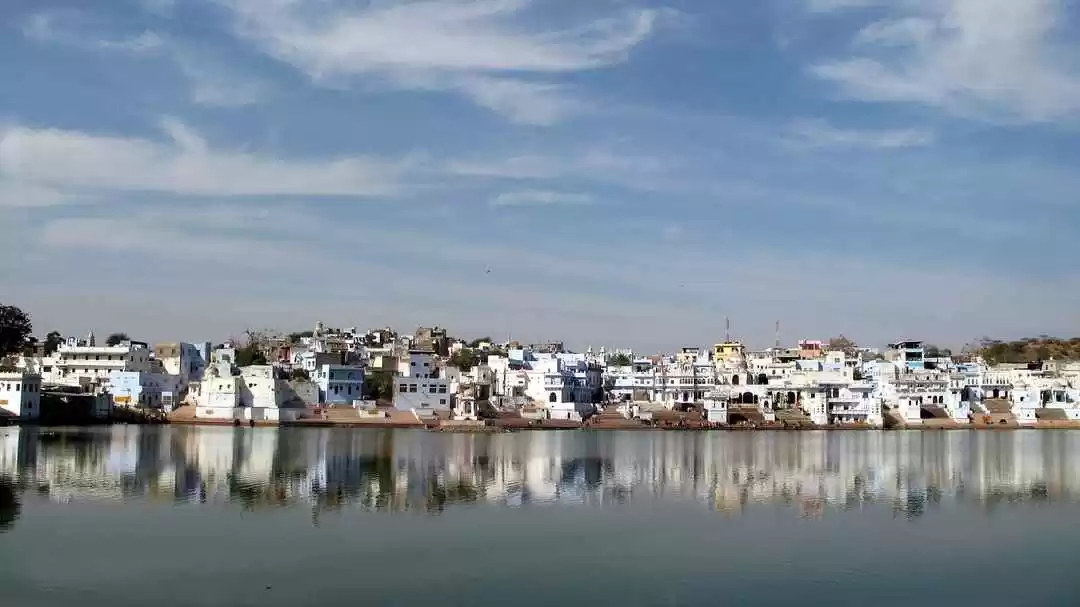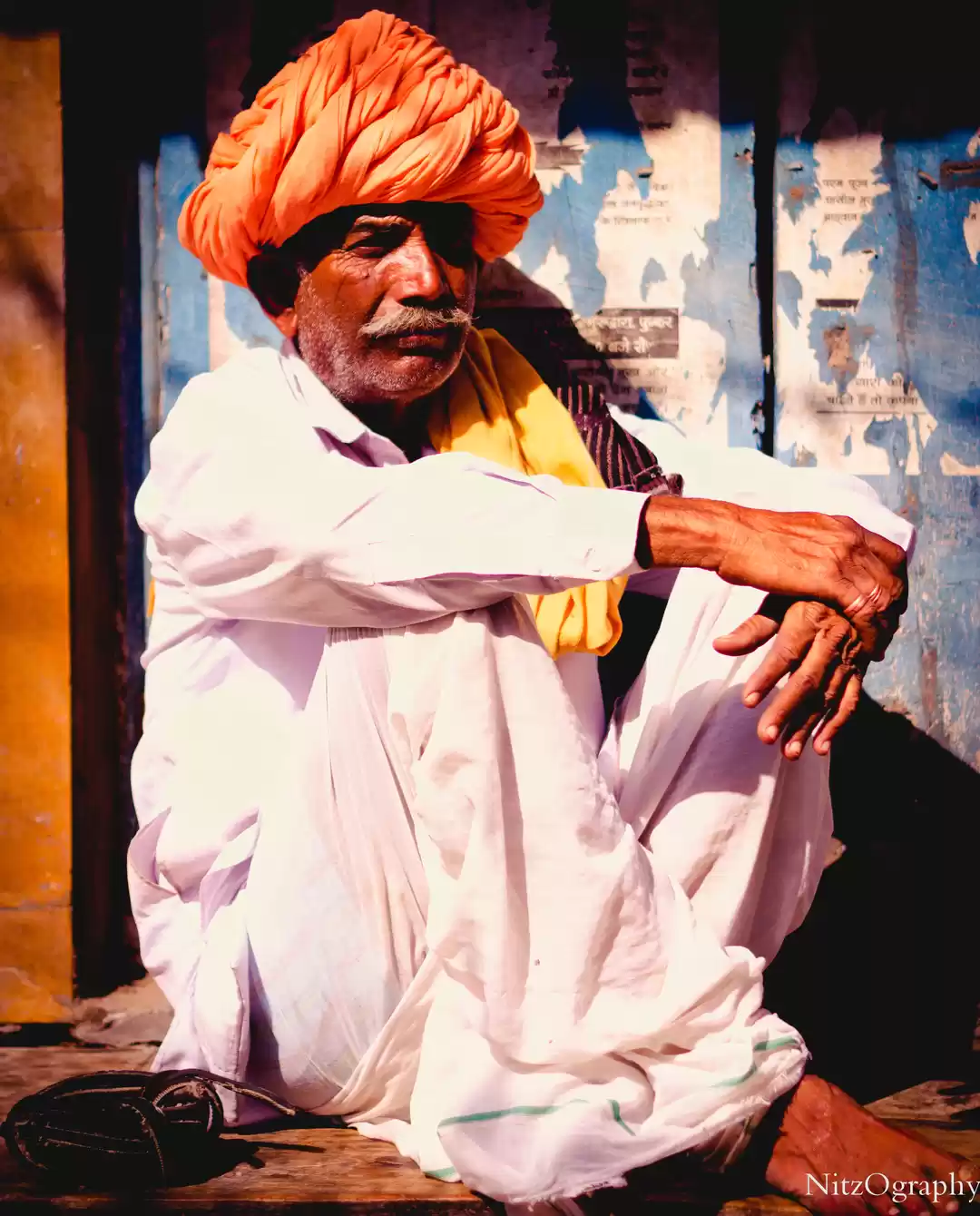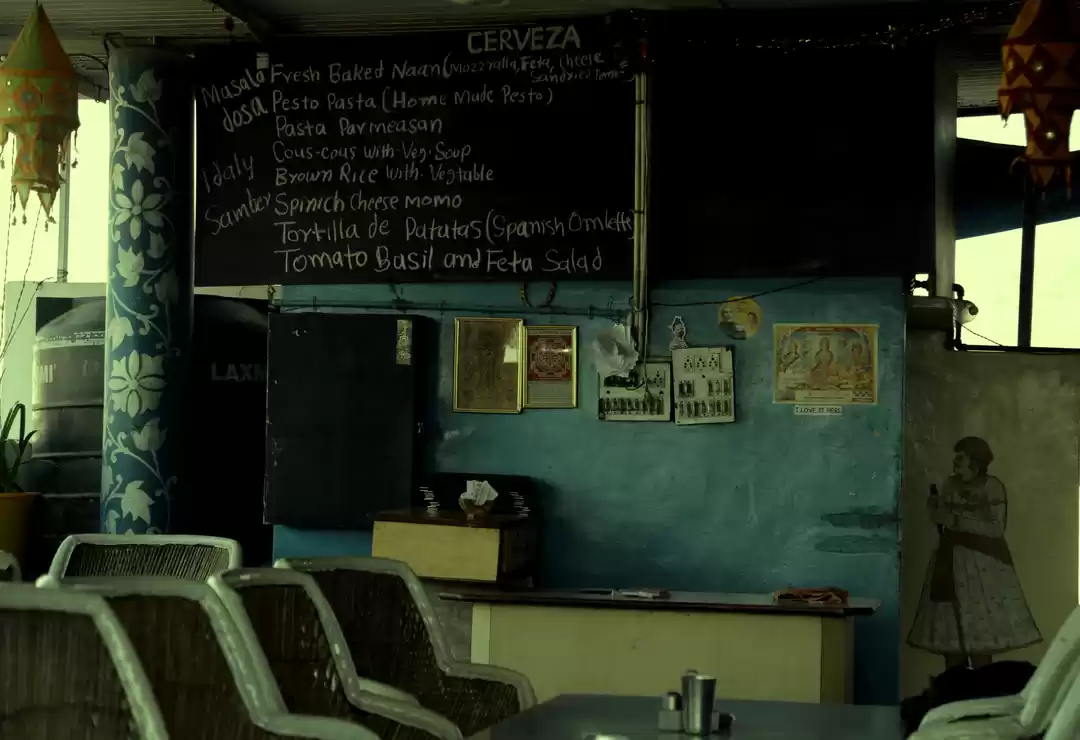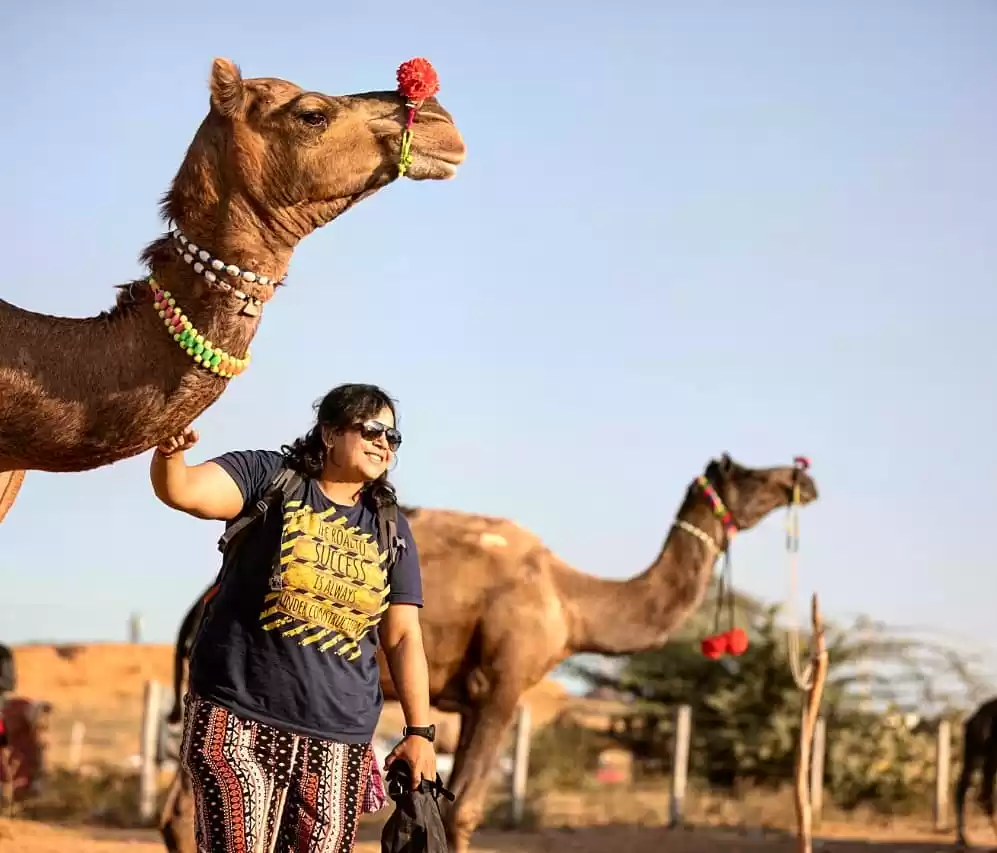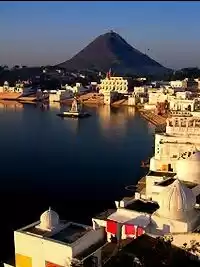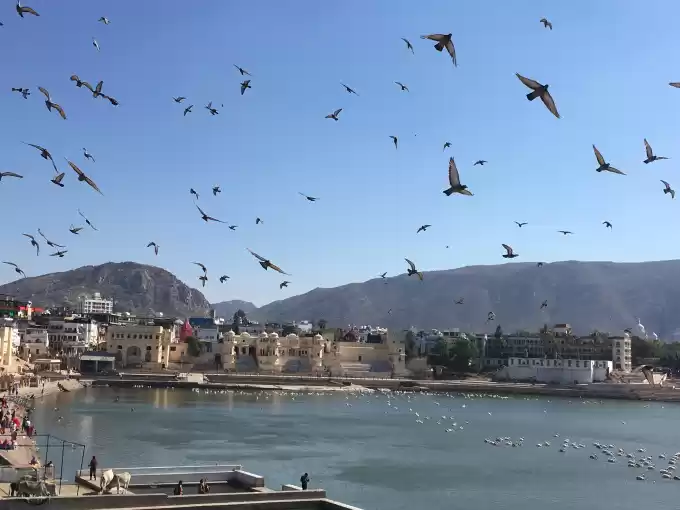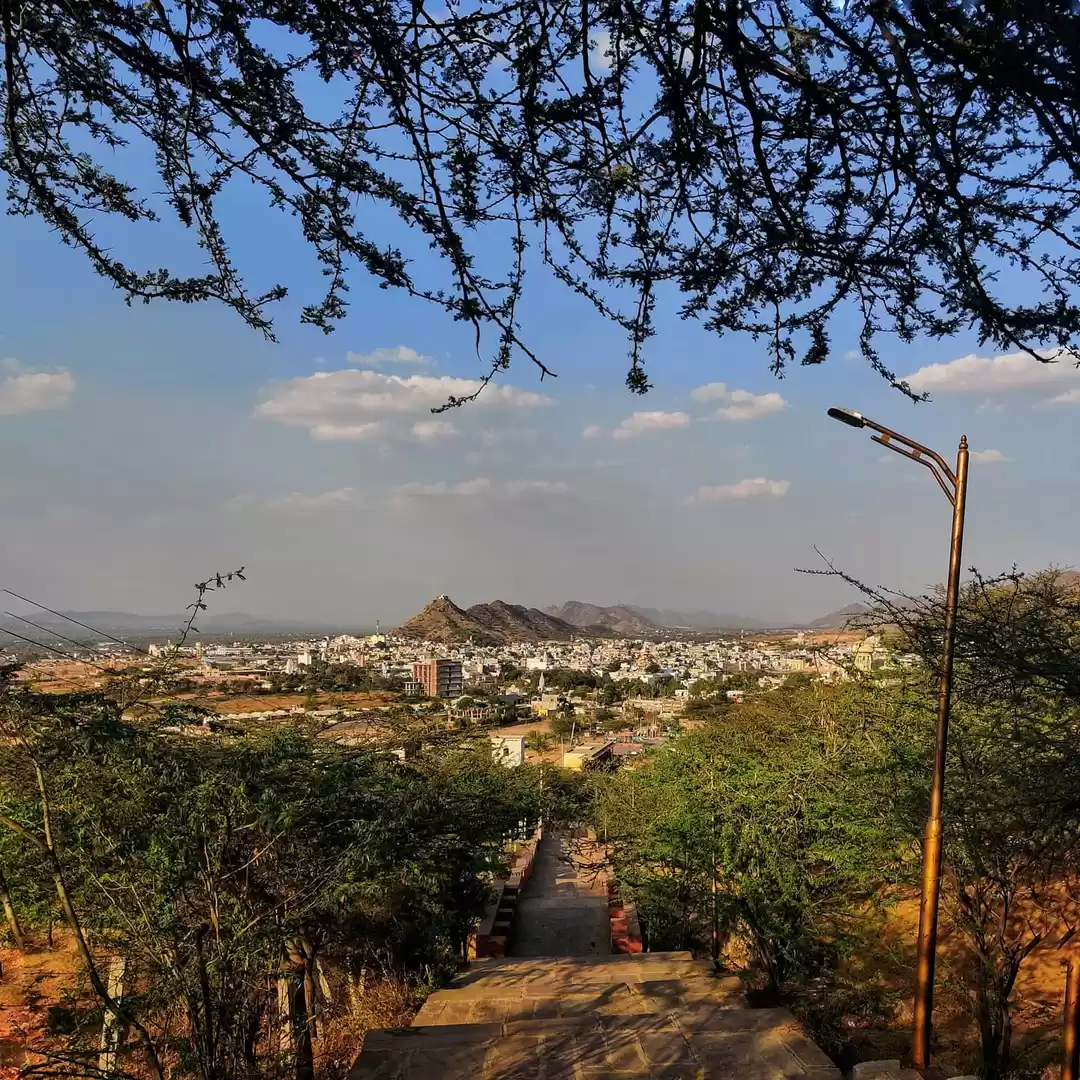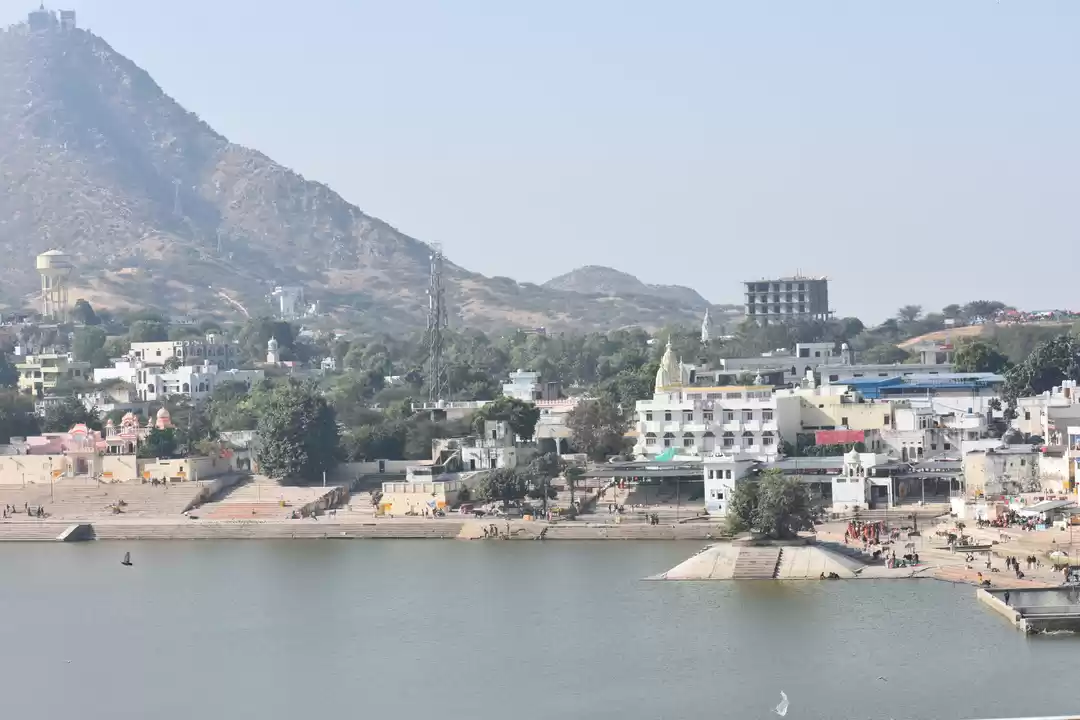Pushkar is one of the oldest existing cities of India. It lies on the shore of Pushkar Lake. The date of its actual origin is not known, but legend associates Brahma with its creation. According to Hindu theology, the pond at the Katas Raj temple Near Choa Saidan Shah in Chakwal District of Pakistan has a theological association with Shiva it was formed by the tears of Lord Shiva which he is believed to have shed after the death of his wife, Sati. The story goes that when Sati died, Shiva cried so much and for so long, that his tears created two holy ponds – one at Pushkara in Ajmer in India and the other at Ketaksha, which literally means raining eyes, in Sanskrit. It is from this name that the word Katas is derived. It is often called "Tirth Raj" – the king of pilgrimage sites – and has in recent years become a popular destination for foreign tourists.

The nearest airport from Pushkar is Sanganer Airport at Jaipur at distance of 146 km (91 mi). Jaipur is well connected with all the major cities in India.
PUHT/Pushkar Terminus started operations in January 2012 and connects to the nearest large railway station, Ajmer. Only train operates is 59607/Ajmer - Pushkar Passenger (UnReserved) on Avg. Speed of 22 km/hr
Pushkar is connected with Ajmer by Pushkar road which goes through aravalli range. The mountain portion road which separate Pushkar from Ajmer City is locally known as Pushkar Ghati. Pushkar is 11 km (6.8 mi) from Ajmer. The govt. transportation commonly controlled by Rajasthan Roadways, however the significant share of the transportation is controlled by private transportation services
It is a shrine of Khwaja Moinuddin Chishti which is situated at the foot of the Taragarh hill, and consists of several white marble buildings arranged around two courtyards, including a massive gate donated by the Nizam of Hyderabad, and the Akbari Mosque, built by the Mughal emperor Shah Jahan and containing the domed tomb of the saint. Akbar and his queen used to come here by foot every year on pilgrimage from Agra in observance of a vow when he prayed for a son. The large pillars called "Kose ('Mile') Minars", erected at intervals of two miles (3 km) along the entire way between Agra and Ajmer mark the places where the royal pilgrims halted every day. It has been estimated that around 125,000 pilgrims visit the site every day.
Ajmer is one of the major cities in the Indian state of Rajasthan and is the centre of the eponymous Ajmer District. According to the 2011 census, Ajmer has a population of around 551,360 in its urban agglomeration and 542,580 in the city. The city is located at a distance of 135 km from the state capital Jaipur and 391 km from the national capital New Delhi.
The city was established by a Shakambhari Chahamana (Chauhan) ruler, either Ajayaraja I or Ajayaraja II, and served as the Chahamana capital until the 12th century CE. After the defeat of Prithviraja lll in 1192 CE, the city came under Muslim rule.
Ajmer is surrounded by the Aravalli Mountains. It is a pilgrimage centre for the shrine of the Sufi Saint Khwaja Moinuddin Chishti and is also the base for visiting Pushkar (11 km), an ancient Hindu pilgrimage city, famous for the temple of Brahma. Ajmer has been selected as one of the heritage cities for the HRIDAY - Heritage City Development and Augmentation Yojana scheme of Government of India.
According to legend, Brahma was in search of a place for Mahayagna and he found this place suitable. After a long time, Brahma came to known that a demon, Vajranash, was killing people here so the Lord intoned a mantra on a lotus flower and killed the demon. During this process the parts of flower fell on three places which were later known as Jyaistha, Madhya and Kanistha Pushkar. After this Brahma performed a yagna to protect this place from demons. The consort of Brahma, Savitri, were needed to offer Ahuti for the yagna but she was not there that time so Gayatri, a local girl, was married to brahma and performed yagna. This act made first wife of Brahma, Savitri, angry and she cursed Brahma saying that he would be worshiped in Pushkar only.
Tourists can explore the rugged terrain of the Great Indian Desert of Thar using camels. The Aravalli Range here is one of the world's oldest mountain ranges, and has sandy fields, small dunes, beautiful hills and mesmerizing sunrises and sunsets. The camel safaris in Pushkar will take tourists to destinations where they will witnesses small villages along the way and during crop harvesting, the views are exceptionally enticing. Ghats at Pushkar lake. Ajmer is the nearest tourist attraction that lies outside the city boundaries of Pushkar.
Pushkar fair continues for five days and these five days are a period of relaxation and merry-making for the villagers. This fair time is the most busy time for them, as this is one of the largest cattle fairs in the country. Animals, including over 50,000 camels, are brought from miles around to be traded and sold. Trading is brisk as several thousand heads of cattle exchange hands. All the camels are cleaned, washed, adorned, some are interestingly shorn to form patterns, and special stalls are set up selling finery and jewellery for the camels. Camels at the Pushkar fair are decorated with great care. They wear jewellery of silver and beads. There are silver bells and bangles around their ankles that jangle when they walk. An interesting ritual is the piercing of a camel's nose. It has more than 400 temples including the only one temple in India dedicated to the Hindu God Lord Brahma, the Creator of the Universe.
According to Hindu religion, after visiting all the Hindu pilgrim towns and temples (Four Dhams), if Pushkar is not visited for worship, then salvation is not achieved. According to the Hindu calendar Pushkar Fair commences in Nawami (ninth day of fortnightly phases of moon) and ends in Purnima (Full Moon) in the month of Kartika (October or November according to the lunar calendar). In Pushkar, one of the biggest Cattle Fair is also held for trading purposes and the best cattle in all categories are awarded. Countless people in their colourful attire gather to take a dip in the Holy Lake and pray to the deities. The whole town comes alive with vibrant folk music and dances, magic shows, horse and camel races and various other traditional entertainment competitions. Pushkar, with more than 12 local fairs and festivals of 10–15 days duration is a year round destination. It is a mellow town by the great lake of Pushkar amidst the perfume of jasmine and rose flowers. About 4,000 to 6,000 visitors from all over the world come to Pushkar every day. Pushkar is also famous for its annual fair (Pushkar Camel Fair) held in November.
Pushkar has many temples. Most of the temples are not very old because many temples were destroyed during Muslim conquests in the area. Subsequently, the destroyed temples were rebuilt. The most famous among all is the Brahma Temple built during the 14th century CE. Very few temples to Lord Brahma exist anywhere in the world.
The prime attraction of Pushkar is the Pushkar Lake which is considered sacred like the Mansarovar Lake in Tibet. Pushkar has become a place of Hindu pilgrimage because of this holy lake. Legend has it that this lake was consecrated to Lord Brahma, the creator of the universe when a lotus dropped from his hand into the vale and a lake emerged in that place.
Pushkar lake has 52 ghats where pilgrims descend to the lake to bathe in the sacred waters.
Pushkar in Sanskrit means blue lotus flower. Hindus believe that the gods released a swan with a lotus in its beak and let it fall on earth where Brahma would perform a grand yagna. The place where the lotus fell was called Pushkar. Pushkar word may be derived from word 'Pushkarni' means- lake. It may be derived from word Pushpa means flower and Kar means hand.
Pushkar is surrounded by many hills one of the hills on the southwest houses the Savitri Temple. It is strenuous and hard climb uphill but the views are wonderful and worthwhile. When Brahma performed the yajna at Pushkar, his wife Savitri could not reach the yajna in time. So Brahma performed the pooja with the help of a local girl, Gayatri – who then become the second wife of Brahma. This enraged Savitri and she sulked off to the hilltop. Then the agreement was made that Savitri would always be worshiped first. This tradition still continues, first the aarti is performed at Savitri temple and then at Gayatri temple. Idols of both Savitri and Gayatri are now installed at the Savitri temple.
Frequent Searches Leading To This Page:-
rajasthan holiday package, tour packages rajasthan, family tour packages for rajasthan, holiday packages for rajasthan, best rajasthan tour packages, holiday packages to rajasthan from mumbai

